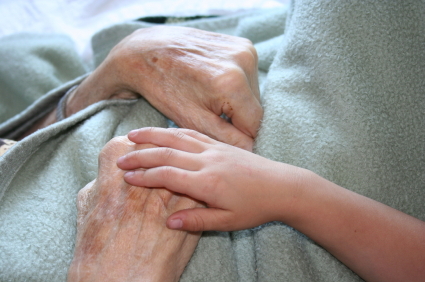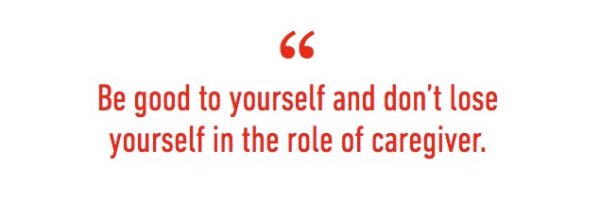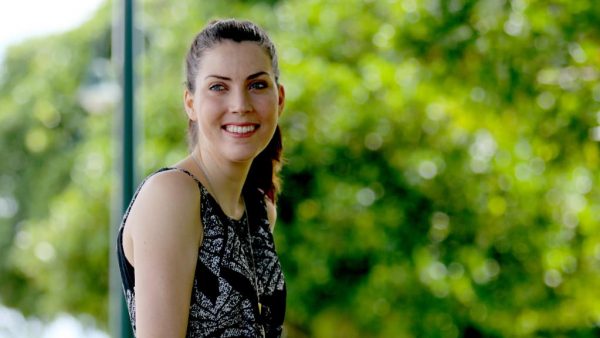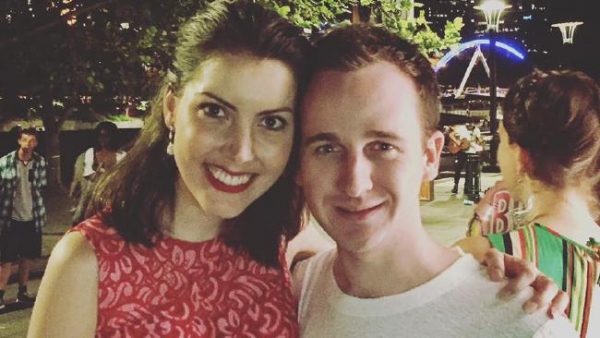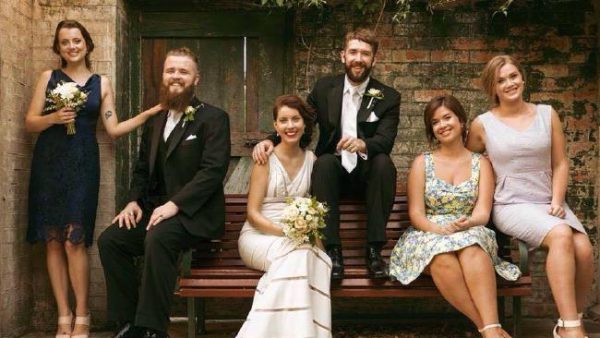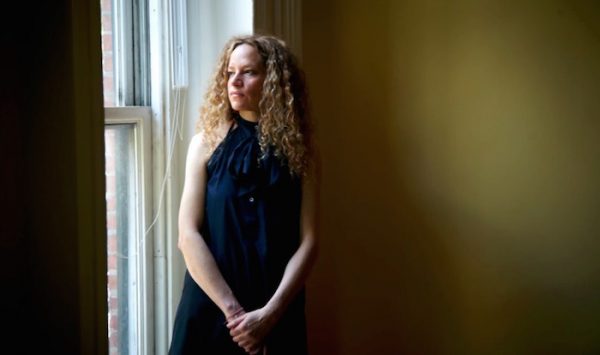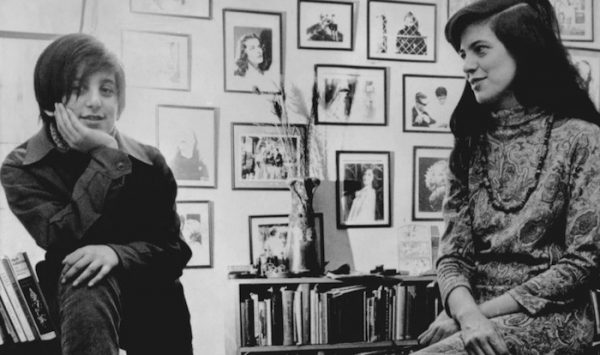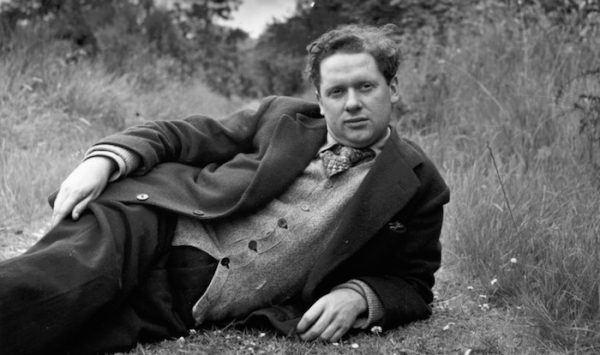A reluctance among Chinese to confront death makes life more difficult for the country’s terminally ill people.
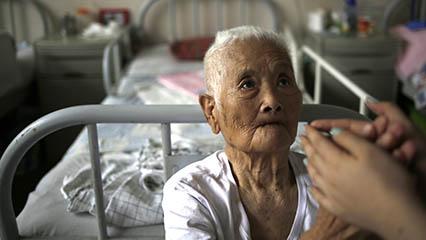
By Guo Quanzhi
In China there is a traditional belief that dying people bring bad luck.
Perhaps this explains why Song Tang Hospice, China’s first palliative care center, has had to move seven times in the past 29 years. Once, dozens of protesters, who blamed the hospice for bringing a curse on the neighborhood, attacked it and smashed its windows. Staff had to move more than a hundred terminally ill patients out at midnight. Some patients were taking their IV drips down the road with them, while others were huddled together crying, worrying about whether they would have a place to stay before they died. After hours of negotiations and a deal to increase the rent on the property, the masses retreated before sunrise.
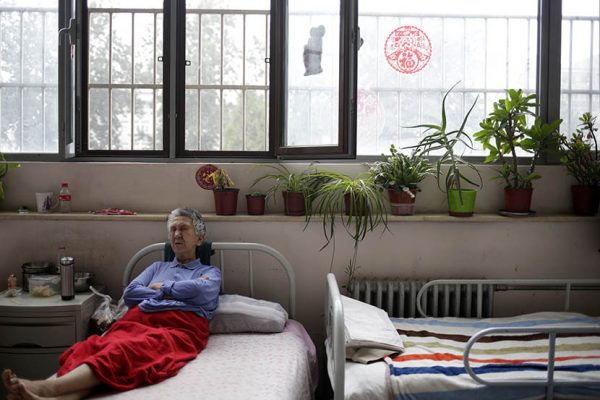
Li Songtang, the center’s founder, recalls that even his wife once balked at the thought of death: Two decades ago she required him change out of his work clothes before stepping into their home.
According to Li, the Chinese fear death so much that they’d prefer to run away from it rather than have to think about it at all. In the case of palliative care, cultural taboos related to death also play a significant role. Take, for example, the quintessentially Chinese concept of filial piety: Children who want to be seen to “do the right thing” for their ailing parents will reject palliative care and insist on more aggressive treatment, trying to preserve life at all costs.
Yet no matter how much they’re ignored, death and terminal diseases won’t be defied. Non-communicable ailments such as cancer, cardiovascular disease, and respiratory disease account for four out of every five deaths in China, according to statistics from the World Health Organization.
Palliative care — sometimes called “comfort care” because the aim is to provide relief, and not a cure, to patients with terminal diseases like cancer — is hard to come by in China. According to a 2015 global studyof death by The Economist, China ranked 69 out of 80 countries in terms of palliative health care environment — below average across five key indicators, including quality and affordability of care, as well as community engagement.
China’s medical system in general is still developing. While the country has pledged to provide affordable and high-quality health care to all citizens by 2020, it still only spends around 5.5 percent of its GDP on health care, while the United Kingdom, for example, spends 9 percent.
The Economist report described the development of palliative care in China as “slow” and access to it as “limited.” It noted that apart from the country’s 400 hospitals that specialize in treating cancer, there are only a handful of charity hospitals and community health centers that offer end-of-life care.
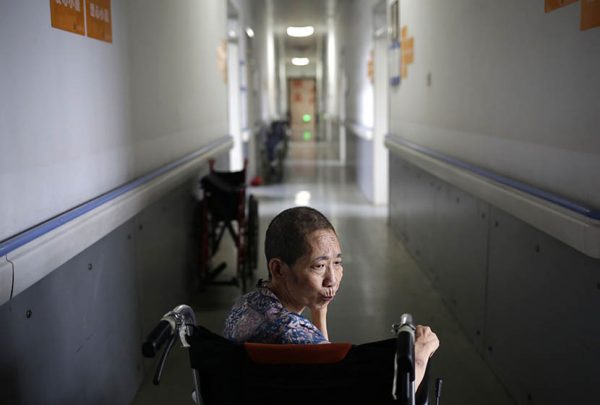
Song Tang is one of these non-governmental facilities, and it has been the last stop for about 38,000 terminally ill patients, the youngest being a 5-month-old girl, since it opened its doors in 1987.
Chen Wenjie is one person whose death was made more bearable through palliative care at Song Tang. In 2008, Chen suffered a serious stroke and spent one month in the intensive care unit at Wujing Hospital in Beijing. She was tethered to an oxygen tank, a urinary catheter, and nasogastric tubes. Chen’s husband, Yu Haifeng, couldn’t bear to see her red, swollen body. “I’ve never seen her endure so much suffering,” Yu told Sixth Tone. “I was so afraid that her frail body would not be able to handle so much stress.”
The doctors gave Chen seven months to live. After her diagnosis, no hospital in Beijing would accept her — in public hospitals, patients are required to leave within 10 days of an operation.
Luo Jilan, the secretary-general of the Chinese Association for Life Care, described the Chinese medical system as “broken” in a phone call with Sixth Tone. For now, she said, patients who are forced to leave hospitals have few alternatives. “Without official policies and standards, hospice care has little hope of developing,” she added.
After a failed effort to take care of his wife at home, an increasingly desperate Yu turned to Song Tang on a friend’s recommendation.
There, Chen could benefit from greater care and attention. At Song Tang every ward has a nurse on call around the clock. At mealtime, nurses remind patients via intercom to eat and take their medicine. And twice a day care workers escort or wheel patients out to the hospice’s siheyuan, a kind of quadrangular courtyard common in Beijing, for some fresh air. Around midnight, nurses get up to change patients’ diapers.
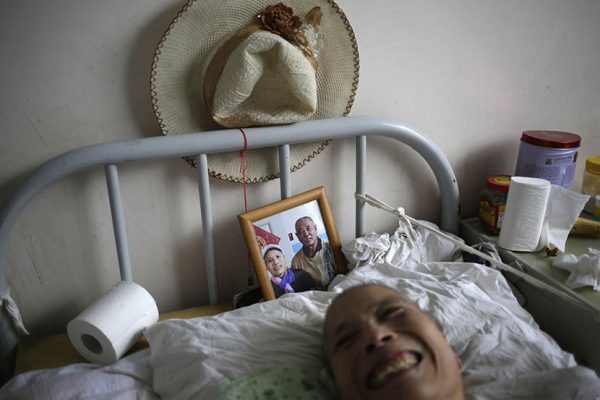
Hospice care is not covered by public medical insurance, so each month Yu had to fork out 3,000 yuan (around $450) of his own money. Yu is still paying the bill for Chen’s stint in the hospital ICU. As a former railway worker, his monthly pension is 3,480 yuan.
Yu says that thanks in large part to the palliative care at Song Tang, his wife lived longer than they had expected and died a better death. “She didn’t go through much pain when she died,” Yu said. “There were no bruises on her body, and everything was peaceful.”
On average, patients spend about a month at Song Tang before they die.
When Sixth Tone visited Song Tang, patients in an eight-person ward were playing with their pet crickets, competing to see whose could chirp the loudest.
Shi Jingbin, 81, has dementia, and in 2013 he suffered a cerebral hemorrhage. Unable to stretch out, Shi’s blanket was pitched like a tent over his bent knees. Resting on his lap was a cardboard box of dog-eared philosophy books. Today, Shi can’t even recognize his son, but he still remembers Plato, Nietszhe, and Lao-tzu.
Song Tang’s Li said that when Shi first arrived, he was very lonely because no one could talk to him or understand him. “Emotional and spiritual support are so essential to these patients,” he said.
At Song Tang, around 70 percent of patients aren’t religious. “Without a spiritual life, it is hard to face death alone, fight fear, and control anxiety,” said Li.
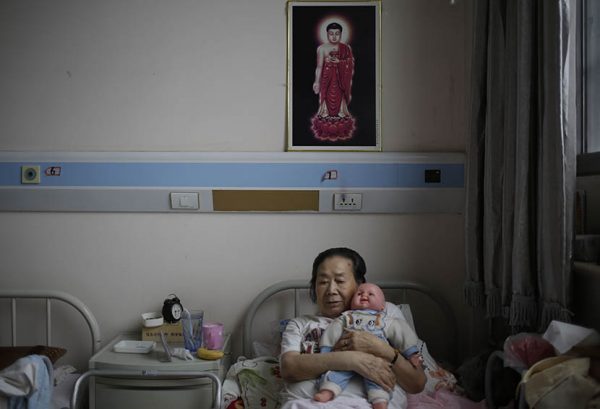
China’s aging society suggests that in the future the need to address palliative care will only grow with time. Still, establishing new hospice facilities often faces strong resistance from people who live near the proposed sites.
In what is fast becoming a trend across China, residents of the Yangpu and Pudong districts of Shanghai in 2014 protested against plans to build hospitals, and local officials caved to their demands. The health bureaus of both districts declined Sixth Tone’s interview requests.
Since 2012, the Shanghai municipal government has promoted government-subsidized hospice wards at community health centers. One such facility is the palliative ward at Jingan Temple Street Community Health Service Center, which is overseen by Miao Jun.
The ward only accepts patients with the most advanced stages of cancer due to a shortage of beds — there are only 25 in total. This means that, unlike hospice care in some other countries, patients who have terminal illnesses have to be turned away.
Miao is quick to cite another problem: a dearth of doctors who specialize in geriatrics. At medical schools in China there is little education about hospice care, he says. In addition, curricula usually center on curative treatment, and doctors are told to assign highest priority to extending a patient’s life, he says. In Miao’s view, quality of life considerations are broadly ignored.
In a country where violent conflicts between medical professionals and patients are common, doctors need to be especially mindful of how family and friends of the patient might react when their loved one dies.
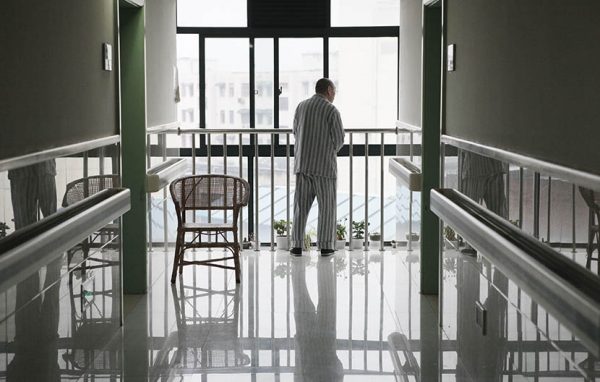
Despite the challenges, the status of hospice in China is showing signs of improving — at least for Miao and his colleagues. The Jingan Temple Street center has not received a single complaint, and they’ve yet to have any disputes with patients since they opened in 2012.
There are some small signs of greater public acceptance of hospice care. A neighbor of the Jingan Temple Street hospice ward who declined to be named said he wasn’t bothered by the presence of the facility. “When people die, there is no hearse, no wreath,” he said. “The family just quietly takes the body of the deceased away, so the community doesn’t feel the aura of death.”
Complete Article HERE!

